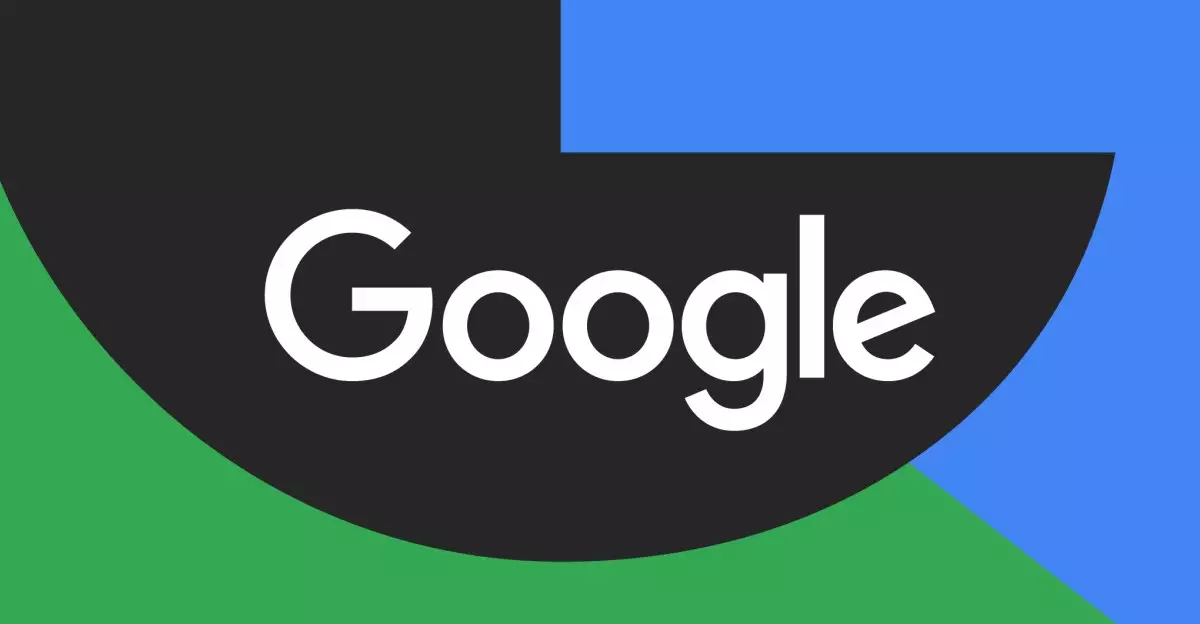In an era where digital interactions significantly shape behaviors, the need for age-appropriate experiences online has never been more crucial. Recently, Google announced its initiative to implement machine learning algorithms for age estimation, aimed at enhancing user safety amongst younger audiences. This move is poised to transform how the tech giant manages user profiles, particularly for those under 18, in a landscape increasingly scrutinized for online child safety.
At the forefront of this technological shift is a machine learning model that evaluates a myriad of data points to infer a user’s age. Google’s age estimation system is informed by users’ online activity, such as the websites they frequent, the type of content they consume on YouTube, and the duration of their account existence. If the algorithm suspects that a user is underage, an immediate adjustment is made to their account settings, accompanied by a notification detailing the changes and guidance on verifying their age through various means like a selfie, credit card, or government ID.
This proactive approach not only seeks to protect young users from unsuitable content but also encourages parental involvement. The platform’s existing safety measures, including its SafeSearch filter that filters out explicit material, will be applied to the revised accounts of underage users, underscoring Google’s commitment to promoting a safer browsing environment for minors.
The introduction of this technology is not merely a strategic decision by Google but rather a response to growing public concern over children’s online safety. Legislative gestures such as the Kids Online Safety Act (KOSA) and COPPA 2.0 reflect an emerging consensus on the importance of protecting vulnerable users. Furthermore, bills like the Kids Off Social Media Act (KOSMA), which seeks to restrict social media access for children under 13, highlight a broader movement toward stricter online regulations.
As governments and advocacy groups push for more stringent age verification mechanisms, Google’s age estimation model positions itself as a key player in the ongoing discourse about responsible online behaviors. While methods to estimate ages are fraught with challenges and potential inaccuracies, the initiative symbolizes an essential step toward greater transparency and accountability in the tech industry.
In addition to the age estimation functionality, Google has outlined plans to further empower parents in managing their children’s digital lives. In the coming weeks, parental controls will allow for limiting notifications and accessing to calls on children’s devices during school hours. This feature, originally announced last year, reflects a holistic approach to digital parenting, granting guardians more tools to monitor their children’s interactions and exposure online.
Moreover, with the Family Link app, parents will gain the ability to control and manage their child’s contacts, thereby restricting communication to designated numbers only—a significant step toward fostering a safer communication environment. This forward-thinking initiative signals Google’s commitment not only to enhance user safety but also to support families in navigating the digital landscape.
While the age estimation technology is set to launch in the U.S., there are already plans to expand these measures globally. This foresight indicates Google’s awareness of the universal importance of child safety in the digital realm. As the company navigates the complex landscape of online interactions, the adjustments to age-related settings are expected to evolve, incorporating user feedback and emerging safety protocols.
Alongside these technological advancements, Google also aims to provide educational tools for teens, such as access to its NotebookLM AI-powered note-taking application. By enabling teenagers to use productive software, the platform not only enhances educational utilities but also aligns itself with positive digital citizenship.
Google’s venture into age estimation demonstrates a significant evolution in how technology firms address online safety for younger audiences. By integrating advanced machine learning techniques with enhanced parental controls, Google is not merely adapting to current regulations but rather leading the charge in establishing a safer online environment. As digital landscapes continue to evolve, the implementation of such measures might not just serve as a protective barrier but also as a model for other companies navigating similar challenges.

